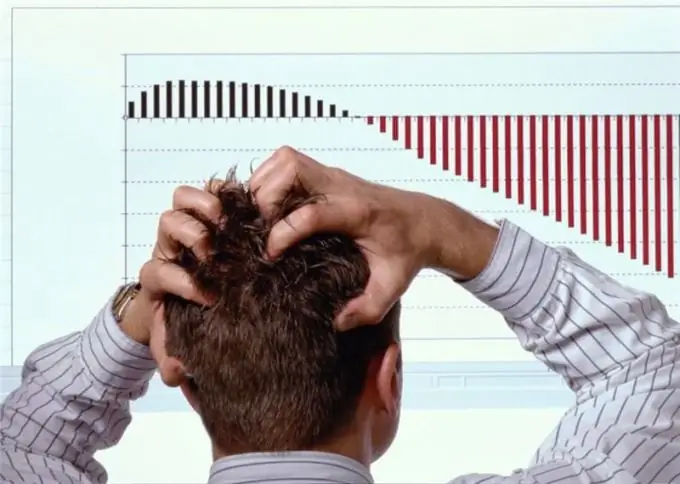Perhaps the majority of the population has ever heard of such an abstract concept as a global crisis, however, what kind of “beast” it is, and what impact it has on the world economy of countries, including Russia, only a few can clearly explain.

Traditionally, it is believed that the concept of the world crisis in Latin America was born in the early 19th century and was associated with the weakening of state economic control of all sectors of the national economy, as a result of which, in just one year, agriculture, production, energy and many other spheres of activity came to deplorable condition.
Already in 1829, investments in various projects, which did not imply real income, caused the collapse of stock markets and the emergence of a protracted "depression" of the economy in the United States, which led to an active increase in unemployment, a decrease in the cost of industrial stocks, deflation, and led to a crisis in the banking sector. In 1899, the value of shares of many domestic enterprises fell sharply, as a result of which the metallurgical and oil-extracting industries were seriously affected.
Bloated banks
According to experts, the main reason for the global crisis of the last century was the notorious American mortgage system, which was unable to ensure stable payments of "cheap" loans for housing. As a result, all enterprises, one way or another related to this kind of operations, many funds and banks declared their insolvency, and government regulation could not help. The serious "swell" of the banking crisis, which inevitably followed the mortgage, quickly spread to all countries involved in the global economy. In Russia, by the beginning of 2009, about 39% of the working-age population was on the verge of real bankruptcy.
Weak dollar
The sharp decline in the dollar rate led to the costs of the domestic banking system to maintain the stability of the national currency. In order to limit the outflow of capital abroad, back in 2008, the Central Bank of Russia decided to expand the currency corridor and set the official refinancing rate at 13 percent, the system expected the dollar to rise to 35 rubles.
The reaction of the country's population was very predictable, citizens rushed to convert their reserves into the dollar equivalent. At the same time, lending to commercial banks in order to maintain their viability led to an increase in non-repayment of overdue debts and a decrease in the profitability of the banking system as a whole.
Widespread collapse of industries occurred in the sectors of mechanical engineering, metallurgy, the production of building materials, prices began to rise, unemployment reached appalling levels. Only additional measures of state support, serious changes in the field of deposit insurance and bankruptcy prevention, laws related to fiscal policy of the state, real estate, a number of social support programs for the population were able to restrain and stabilize the country's economy.
However, according to the forecasts of experts, such situations will inevitably recur, because the interconnected economies of individual countries are very sensitive to any changes in the world market, one cannot rely on the fact that a crisis born in one of the states will not acquire a global character.







